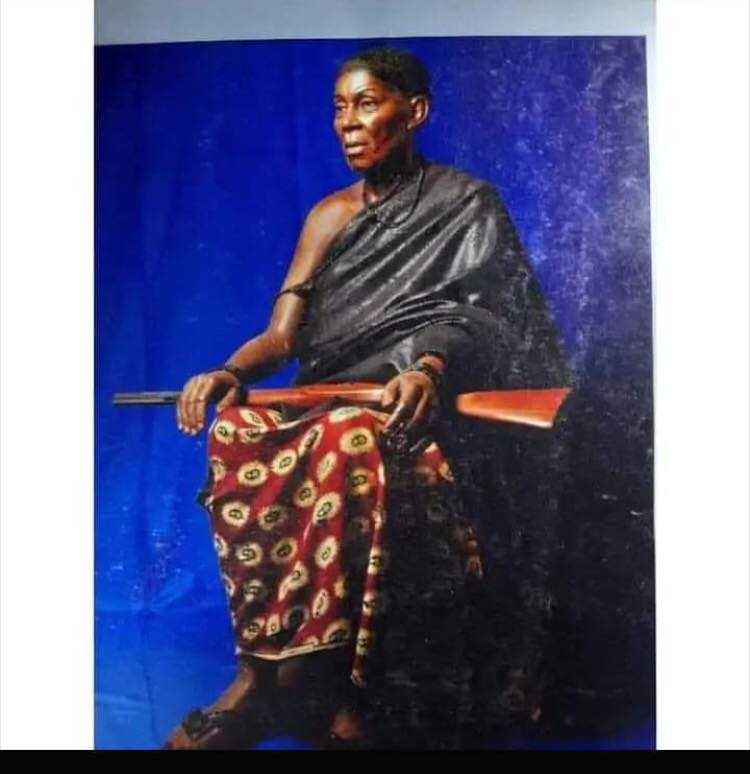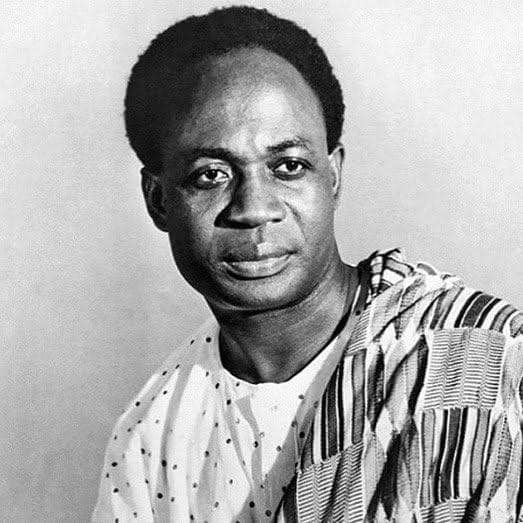
We bring you the story of Nana Yaa Asantewaa I, the Asante Warrior Queen.

The Story of Nana Yaa Asantewaa I
At the start of the 20th century, Yaa Asantewaa I, an important Ashanti queen, is still a potent symbol.
Although her exact birthdate is uncertain, it is generally accepted that she was born in the Ashanti Confederacy, in what is now Ghana, sometime between the 1840s and 1860s.
Before earning the title Queen Mother in the 1880s, she was a good farmer.
Due to the matrilineal nature of Ashanti society, it is thought that she was appointed to this position by her elder brother Nana Akwasi Afrane Okese, a prominent king at the time.
Asantewaa had a variety of duties as the Queen Mother, one of which was guarding the Golden Stool.
The Golden Stool serves as a symbol of the Ashanti kingdom’s power structure and cultural system.
The Queen Mother defends the institution of power by putting out candidates when the occupant of the Stool (the chiefdom) becomes vacant because she was chosen to be the reigning king’s mother.
The Queen Mother also serves as the guardian of the Golden Stool because she is the King’s principal advisor and has the second-highest rank in the empire.
The Ashanti peoples started to fight against the British occupation of their territories and the establishment of the “Gold Coast” colony in 1896.
As retaliation, the British imprisoned and banished Asantehene Prempeh I, King of the Ashanti, as well as Asantewaa’s strong grandson Kofi Tene.
In an effort to obtain the Golden Stool, the British exiled the monarch and other Ashanti officials to the Seychelles Islands.

As other community leaders argued about how to best counter the British threat, Asantewaa stood her ground and rallied the warriors.
She became the Ashanti army’s commander in chief thanks to her leadership and dedication.
The Yaa Asantewaa War of Independence (or the War of the Golden Stool) began on March 28, 1900, and was the fifth and final conflict between the Anglo-Ashanti and the British.
When Sr. Frederick Mitchell Hodgson, a British representative, sat down on the Golden Stool, the conflict broke out.
When Hodgson’s conduct was discovered, Yaa Asantewaa I led the uprising, which resulted in the deaths of 1,000 British and allied African soldiers as well as 2,000 Ashanti.
The Stool was not a throne. Both totals exceeded the aggregate number of deaths from all prior conflicts between the Ashanti and the British.
Asantewaa said, “If the males of the kingdom would not defend the people, then the women would rise to the task,” in an effort to motivate the community’s leaders.
The guys were energized by this and gender norms were questioned.
She was the rebel’s leader and a symbol of tenacity and resistance. Sadly, she was taken prisoner during the uprising and banished to the Seychelles, where she passed away in 1921.
Due to her significant acts in both empowering her people and using tactics against the British army, Yaa Asantewaa continues to serve as a potent reminder.
In the Ghanaian district of Ejisu-Juaben, a museum dedicated to her influence was inaugurated in August 2000.
Ejisu Homecoming, dubbed ‘Mefiri Ejisu‘, was recently instituted to welcome the Indigenous people of Ejisu and neighboring towns back home. This festival is in the month of December yearly.
WATCH AND SING ALONG EJISU BELOW:








